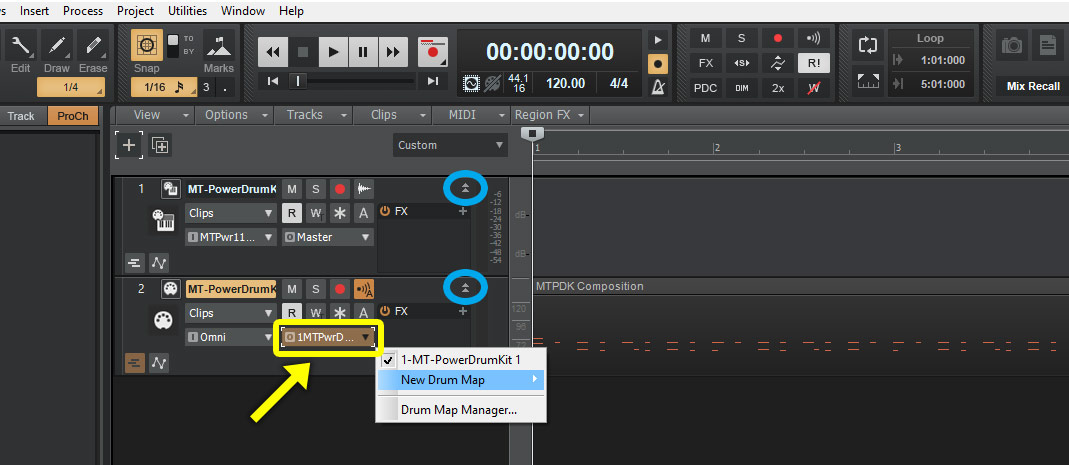Boot Camp Mac Startup
Startup 9.2.1 repairs problems that may occur when Mac OS 9.1 and Mac OS X are on the same partition and a version earlier than Startup 9.2 has been used. Jan 02, 2018 I just tested the Sapphire Nitro+ RX 580 on a Mac Pro Early 2009, dual quad core 2.26 Hgz, running High Sierra. The card works OOTB. However the results are 1/3 lower to what the card gets on Windows 7 Boot Camp (on the same machine of course). Does anyone know if I'm missing something?
Mac Bootcamp Default Startup
To use any of these key combinations, press and hold the keys immediately after pressing the power button to turn on your Mac, or after your Mac begins to restart. Keep holding until the described behavior occurs.
- Command (⌘)-R: Start up from the built-in macOS Recovery system. Or use Option-Command-R or Shift-Option-Command-R to start up from macOS Recovery over the Internet. macOS Recovery installs different versions of macOS, depending on the key combination you use while starting up. If your Mac is using a firmware password, you're prompted to enter the password.
- Option (⌥) or Alt: Start up to Startup Manager, which allows you to choose other available startup disks or volumes. If your Mac is using a firmware password, you're prompted to enter the password.
- Option-Command-P-R:Reset NVRAM or PRAM. If your Mac is using a firmware password, it ignores this key combination or starts up from macOS Recovery.
- Shift (⇧): Start up in safe mode. Disabled when using a firmware password.
- D: Start up to the Apple Diagnostics utility. Or use Option-Dto start up to this utility over the Internet. Disabled when using a firmware password.
- N: Start up from a NetBoot server, if your Mac supports network startup volumes. To use the default boot image on the server, hold down Option-N instead. Disabled when using a firmware password.
- Command-S: Start up in single-user mode. Disabled in macOS Mojave or later, or when using a firmware password.
- T: Start up in target disk mode. Disabled when using a firmware password.
- Command-V: Start up in verbose mode. Disabled when using a firmware password.
- Eject (⏏) or F12 or mouse button or trackpad button: Eject removable media, such as an optical disc. Disabled when using a firmware password.
If a key combination doesn't work
Mac Boot Camp Choose Startup
If a key combination doesn't work at startup, one of these these solutions might help:
- Be sure to press and hold all keys in the combination together, not one at a time.
- Shut down your Mac. Then press the power button to turn on your Mac. Then press and hold the keys as your Mac starts up.
- Wait a few seconds before pressing the keys, to give your Mac more time to recognize the keyboard as it starts up. Some keyboards have a light that flashes briefly at startup, indicating that the keyboard is recognized and ready for use.
- If you're using a wireless keyboard, plug it into your Mac, if possible. Or use your built-in keyboard or a wired keyboard. If you're using a keyboard made for a PC, such as a keyboard with a Windows logo, try a keyboard made for Mac.
- If you're using Boot Camp to start up from Microsoft Windows, set Startup Disk preferences to start up from macOS instead. Then shut down or restart and try again.
Remember that some key combinations are disabled when your Mac is using a firmware password.
You could uninstall then reinstall the plug-in and see where the plug-in dll is actually installed.  The option is shown on the preference screen above. Added unnecessary paths and scanning areas that do not contain plug-in dlls can create problems.Usually VST2 plug-ins have an option in their installer for VST2 install path and display where the plug-in will be installed. It may be in one of the first two paths in the image or it could be somewhere else.As far as CbB and its scanner are concerned, it does not matter where plug-ins are installed as long as the plug-in dll is in the scan path.A scan log may help. Make sure to only add folders that contain VST2/3 dlls.Never duplicate folders.
The option is shown on the preference screen above. Added unnecessary paths and scanning areas that do not contain plug-in dlls can create problems.Usually VST2 plug-ins have an option in their installer for VST2 install path and display where the plug-in will be installed. It may be in one of the first two paths in the image or it could be somewhere else.As far as CbB and its scanner are concerned, it does not matter where plug-ins are installed as long as the plug-in dll is in the scan path.A scan log may help. Make sure to only add folders that contain VST2/3 dlls.Never duplicate folders.
Learn more
Boot Camp For Mac Os
- Learn what to do if your Mac doesn't turn on.
- Learn about Mac keyboard shortcuts that you can use after your Mac has started up.